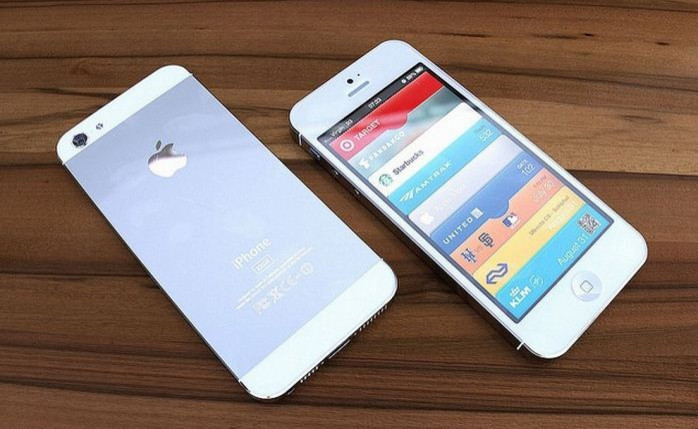Apple iPhone 5: LG Starts Mass Production Of New Displays As Release Date Nears [Report]

With Apple just three weeks away from the grand announcement of its next generation iPhone, presumably dubbed the "iPhone 5," the tech world has been flooded with hordes of reports, speculating on the possible new features that are highly expected to be included in the new flagship smartphone.
One of the very likely features that the iPhone 5 is expected to have is a bigger and thinner display, compared to the previous iPhone models. Adding further credence to this information, Reuters came up with a report Wednesday, saying that South Korean LCD panel maker LG Display has started producing new displays using the so-called in-cell technology that is widely expected to be used in Apple's upcoming iPhone iteration.
"Flat-screen maker LG Display has started mass production of a new and thinner display, widely speculated to be for use in Apple Inc's next iPhone, and the display's production schedule remains in line with customers' product release plans," Reuters reported, citing LG's chief executive Han Sang-beom.
"We just began mass production and we don't expect any disruption in supplies," said Sang-beom. "The in-cell technology is the industry's latest development. (But) we will be able to supply the panels without fail."
Thanks to the in-cell panels, the next generation iPhone's screen is expected to be thinner than the preceding versions of the smartphone. The new display technology inserts touch sensors directly into the liquid crystal display that helps decrease the thickness of the component, thereby eliminating the touch-screen layer found in the existing iPhones.
The Reuters report also reiterated the ongoing claims that the new iPhone would feature a larger screen, just like rival Samsung, which recently launched its latest Galaxy S3 smartphone with a massive 4.8-inch touch-screen.
The report added that the new display panels of the new iPhone would be "4 inches corner to corner -- 30 percent bigger than current iPhones."
According to The Wall Street Journal, apart from LG, two Japanese liquid-crystal-display manufacturers, namely Sharp Corp. and Japan Display Inc., a new company that combined three Japanese electronics makers' display units, are now also mass producing panels for the next iPhone using the in-cell technology.
The WSJ report said that compared to the LCD screens, in-cell touch screens are harder to manufacture and this could result in panel manufacturers struggling to reach high yield rates for the new screens, a concern that could even affect the overall sales of the iPhone 5.
Earlier this month, Sharp announced that it would start shipping displays for a new iPhone in August. The company's president Takashi Okuda, however, declined to give a more specific date for shipments.
Is This The iPhone 5 USB Cable With Smaller Dock Connector?
Amid growing rumors and speculations about the sixth gen iPhone, a photo of a purported iPhone 5 USB cable with a smaller dock connector appeared online Wednesday.
The photo, circulated on Twitter by Jack Yao of Chinese accessory vendor Veister, clearly showed FTC markings on it and something like a scannable QR code on the standard USB end.
According to iLounge, the USB cable looks quite "similar to past Apple cables, with a full-sized USB plug on one end and what appears to be Apple's newly shrunken 8-pin connector on the other."
However, as The Verge noted, there are also possibilities of the cable being "a third-party replacement."
Meanwhile, rumors suggest that the Apple iPhone 5 will feature a larger 640 x 1136 display, a much-improved processor and will run on iOS 6. Other likely features include a 4G LTE technology, Near Field Communication (NFC), 1GB RAM, iOS 6, improved Siri, liquidmetal casing, an 8 megapixel (or even higher) rear camera, a 2 megapixel front-facing camera for video chatting and a much-improved battery life.
Apple is expected to introduce the next iPhone at a media event on Sept. 12, with the actual release of the smartphone tipped for the following Friday, Sept. 21.
© Copyright IBTimes 2024. All rights reserved.






















